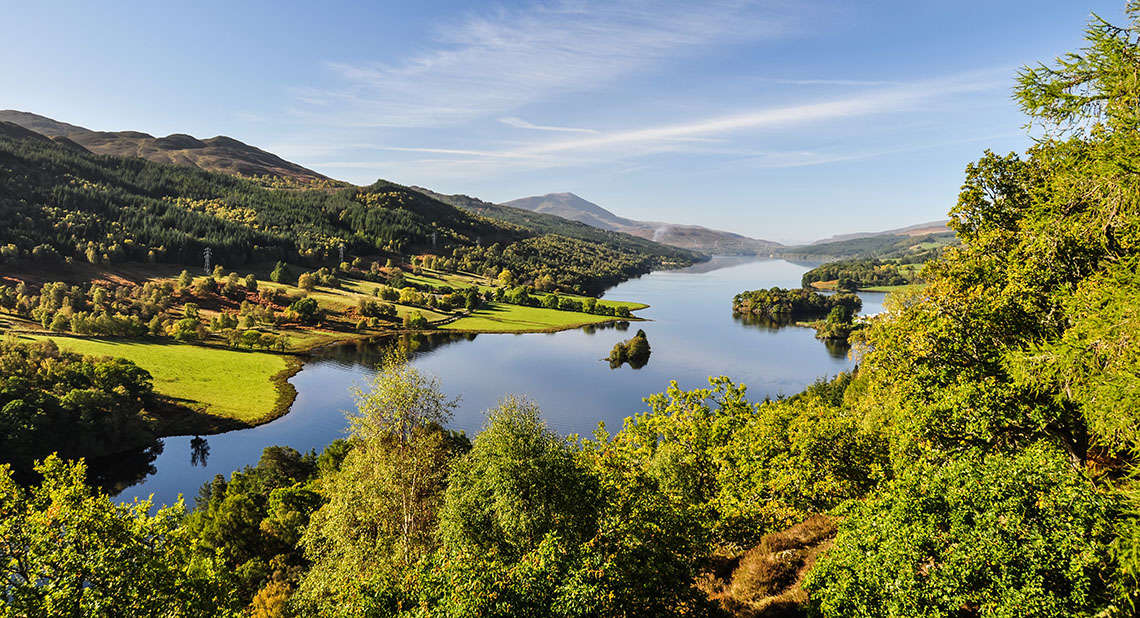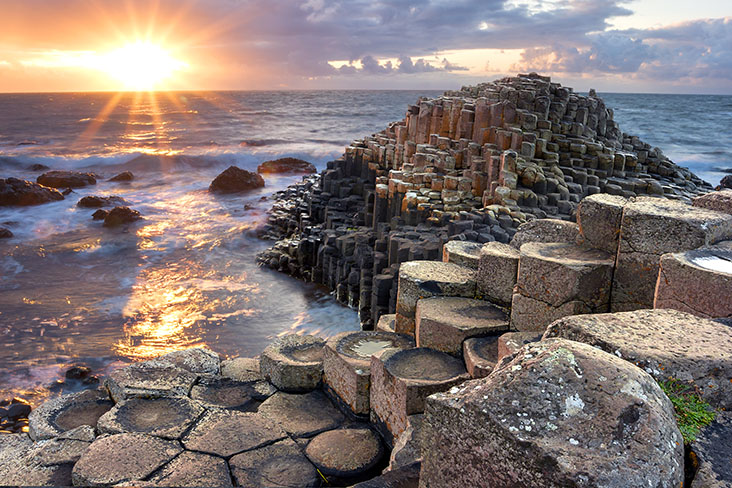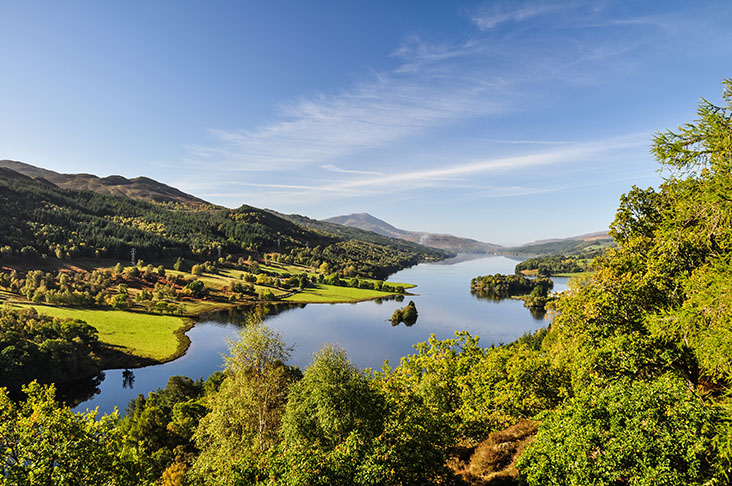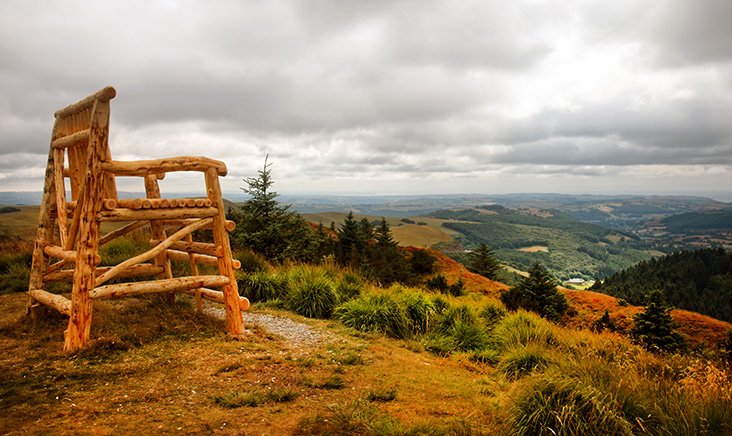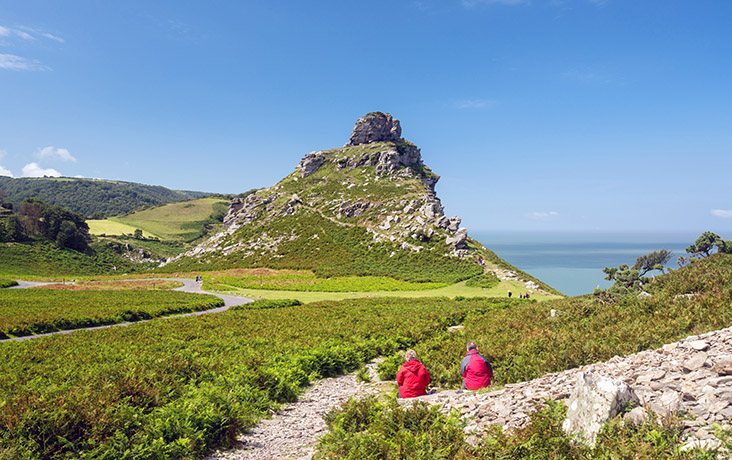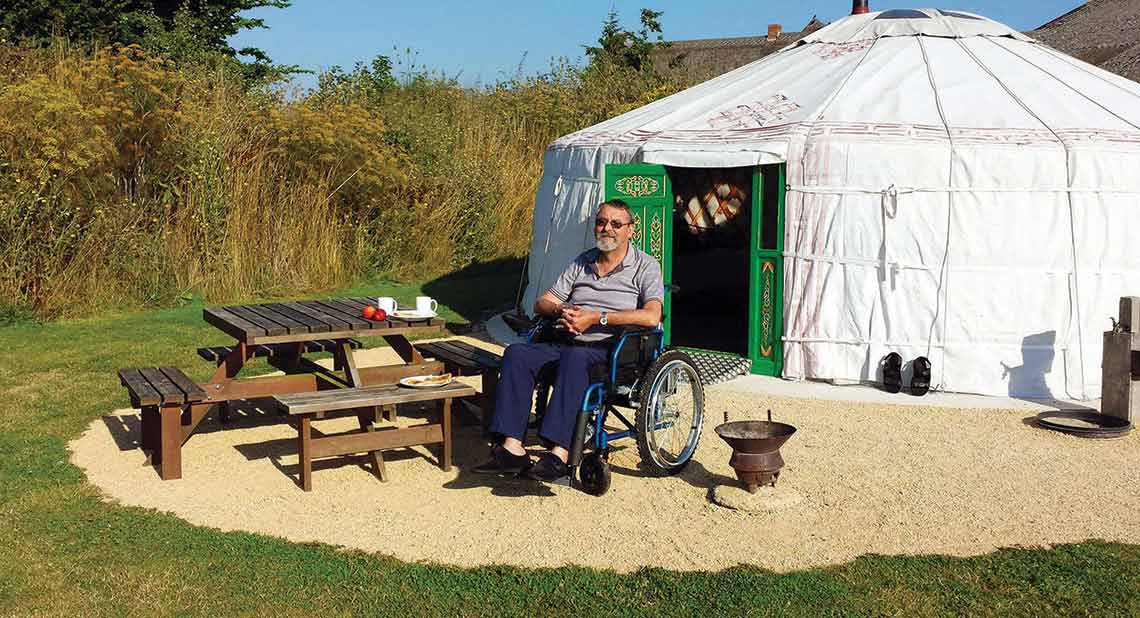Mountain scenery, cityscapes and rugged coastal vistas – they might sound tricky to reach, but thanks to accessible visitor centres, wheelchair-friendly trails and one or two well-placed car parks, there’s no reason why you can’t feast your eyes on some ravishing views.
Whether you’re looking to take the lift to a city-centre viewpoint, or you want to blow away the cobwebs on a clifftop walk through scenery deemed worthy of UNESCO World Heritage status, Rough Guides writer Emma Field has found an accessible view for you.
Best for city views: Newcastle
You may think you’re going to the BALTIC Centre for Contemporary Art for the blockbuster artwork, but it’s the views of NewcastleGateshead that will stick with you. Take the lift to the Level 5 indoor viewing box and walk or wheel your way right up to the glass. You’ll see the curving silver roof of the Sage Gateshead music venue to the left and Newcastle’s bustling quayside on the opposite bank of the River Tyne, which flows between the two. You can see four of the river’s famous seven bridges spanning the river from here too.
BALTIC is in an old flour mill that was renovated with accessibility in mind, so don’t miss the diverse world-class exhibitions while you’re here. There are monthly descriptive tours for visitors with visual impairments, and it’s free to enter.
Best for coastal views: County Antrim
Tumbling down the cliffs of Northern Ireland, the 40,000-ish basalt columns of the Giant’s Causeway are fully accessible to visitors with disabilities. The 2-mile (3.2km) Giant’s Causeway Green Trail is suitable for visitors with mobility concerns and the views extend beyond the world-famous UNESCO World Heritage Site across the ocean to Scotland and Ireland too. Starting at the Causeway Hotel, the cliff-top route has an accessible picnic area and accessible information signs, and you can finish at the accessible visitor centre, too.
Outdoor audio guides mean you can find out how the striking rock formations came to be while you’re breathing in that fresh sea air, and a shuttle bus service covers the 0.6-mile (1km) distance between the centre and the stones.
Best views across water: Perthshire
A rugged land of lochs and forests isn’t the first place that springs to mind for accessible views, but Highland Perthshire’s most famous view can be reached via a fully accessible trail. Queen’s View takes in the watery length of brooding Loch Tummel, with grassy slopes and evergreen forests swooping down to the water’s edge. The horizon is pierced with mountain peaks, including the well-known Munro, Schiehallion. The viewpoint is reached via a fully accessible trail from the Queen’s View Visitor Centre, where you can find out more about the local people and forests. There’s step-free access to the café and an accessible toilet.
Don’t make the same mistake as Queen Victoria did when she visited in 1866 and assume the view was named after her. It might have been named after Isabella, the first wife of Robert the Bruce. No-one knows for sure!
Best for mountain views: Mid Wales
The view from Bwlch Nant yr Arian Forest Visitor Centre is as spectacular as the birds of prey soaring overhead. Let your eyes follow the flightpath of the red kites as they circle above the Cambrian Mountains and Cardigan Bay scenery.
The accessible, 0.7-mile (1.2km) Barcud Trail will lead you around the edge of the lake to the spot where the red kites are fed. There are resting bays on the uphill sections, none of which have a gradient of more than 10 percent. Around 150 of the birds turn up for a meaty lunch on-the-wing at 3pm (BST feeding) every day – even more show up in winter (2pm GMT feeding). If the weather’s bad, you can watch the spectacle from the wheelchair-accessible café, which also has facilities for people with hearing impairments.
Best views along a valley: North Devon
Unlike your average valley, The Valley of Rocks is a dry valley and runs parallel to the sea rather than towards it. As if that wasn’t unusual enough, feral (but friendly enough) goats clamber all over the exposed rocks that give the valley its name.
There are two ways to get here: walk or drive. The section of the South West Coast Path from Lynton is accessible for people with impaired mobility – but too narrow in places for wheelchairs to pass. It’s also unfenced and has a steep drop into the sea. The return journey is around 2.5 miles (4km) long and the coastal views along some of the highest sea cliffs in England are magnificent. If that all sounds too much, drive straight to the car park in the valley itself and see the remarkable rock formations from there.
Image Credits
Rough Guides would like to thank the following individuals, companies and picture libraries for their kind permission to reproduce their photographs (in order of appearance on the web page):
Header image: © Shutterstock
Newcastle: © Shutterstock
Giant’s Causeway: © iStock
Queen’s View: © Shutterstock
Bwlch Nant yr Arian: © iStock
Valley of Rocks: © Shutterstock
Related Articles
8 accessible virtual tours and visits
How Sarah Alexander is keeping busy during self-isolation
Helen Dolphin’s guide to indoor gardening
![]()
